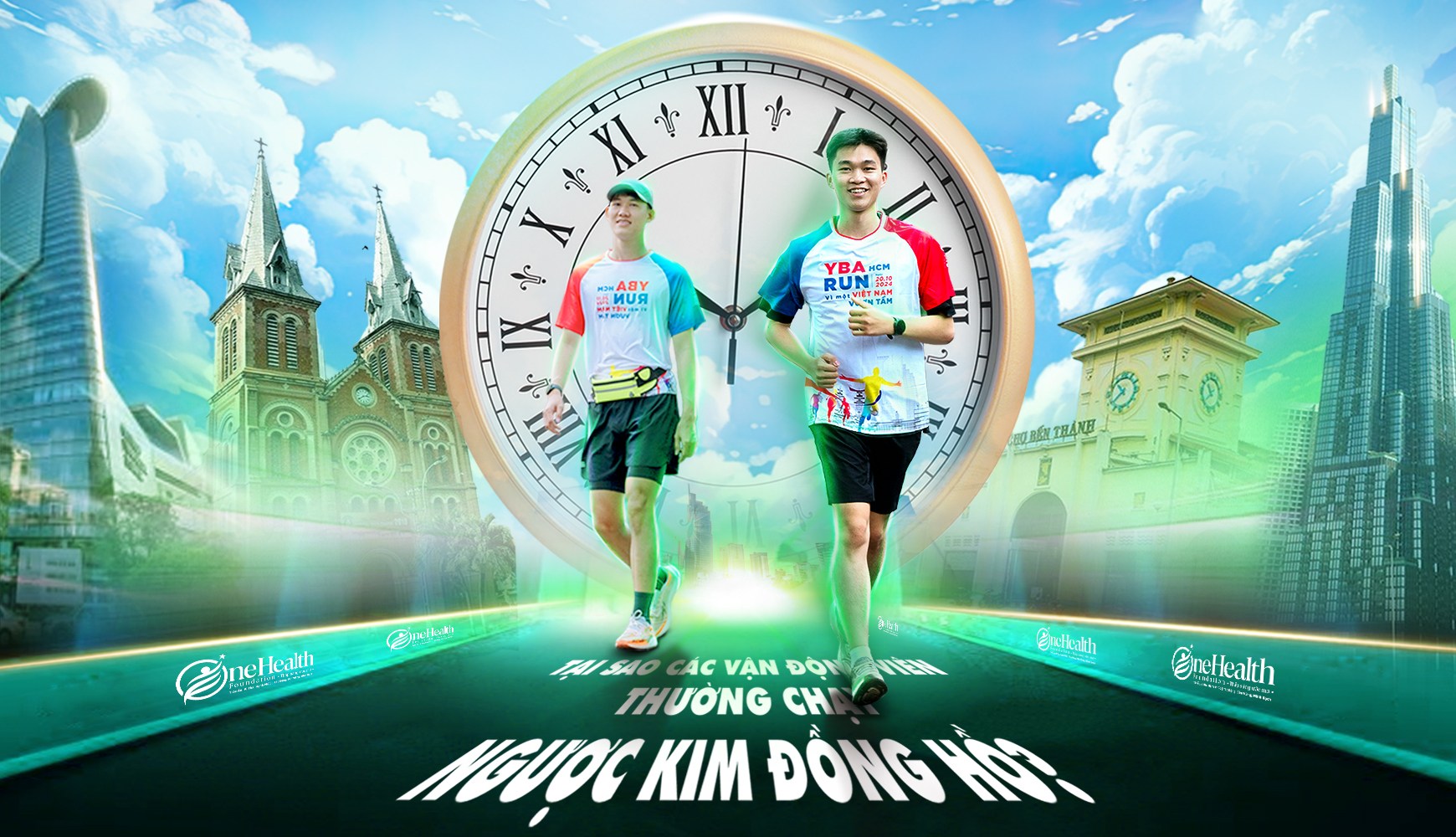Why Do Athletes Run Counterclockwise? The Secret Behind the Race
When watching athletics events like the Olympics or VnExpress Marathon, have you ever wondered: Why do athletes run counterclockwise? The reason is not only due to tradition but also related to science, culture, and health. Let's explore this secret with OHF and how running is changing the lives of thousands of disadvantaged people in 2025!
1. History: Traditions Since Ancient Greece
Running counterclockwise has its roots in ancient Greek races (8th century BC), where athletes competed around arenas like Olympia. According to historians, this direction was chosen to match the sundial, which moves the ball from right to left, creating a natural feel. When modern athletics emerged in the 19th century, Britain and other European countries standardized the anticlockwise course in competitions like the Amateur Athletic Association (1880), and this rule has remained in place ever since.
2. Science: Optimizing Body Performance
Running counterclockwise has biological benefits, especially related to body structure:
- Right-footed: About 80% of the world's population is right-footed (Journal of Biomechanics, 2019). When running counterclockwise, the right foot is on the outside of the curve, which is more resistant to force, helping athletes accelerate easily and reducing the risk of injury by 15%.
- Heart rate and circulation: The heart is shifted to the left, causing counterclockwise running to put less pressure on the circulatory system, improving running performance by 5-10% (Sports Medicine, 2020).
- Body balance: Running backwards helps balance the force on the hips and knees, reducing joint pain by 20% compared to running forward (Journal of Sport Health Science, 2021).
Inspirational story:
Hoa, 10 years old, Quang Tri, was weak after the 2025 flood (25% of children in the flood area are malnourished, UNICEF assumes 3/2025). Participating in the anti-clockwise running event, Hoa ran 1km on the school yard, increased her muscle strength by 10% and no longer had knee pain. "I like running around, like flying!" she laughed. Hoa's story reminds me of the children's willpower that you appreciate during the volunteer trip (March 30, 2025).
3. Culture: Global Habits and Psychology
Running counterclockwise has become the international standard, from the Olympics to local competitions. Cultural reasons include:
- Visual Habits: Western society reads and writes from left to right, making counterclockwise motion feel more natural to observe.
- Competition psychology: Running backwards helps athletes see teammates in front (on the left), increases motivation to pass, and improves performance by 7% (Psychology of Sport, 2018).
- Synchronization: This rule creates unity and avoids collisions in large-scale events, such as the 50 million global runners by 2025 (Statista, 2025).
4. Health Benefits of Running Counterclockwise
Running counterclockwise is not only traditional, but also has clear health benefits:
- Healthy heart: Reduce the risk of heart disease by 45% thanks to better circulation (Viet Sports, 2018).
- Strong bones: Increase bone density by 5-10% in children, reduce joint pain by 20% in adults (Journal of Sport Health Science, 2021).
- Stress reduction: Improve morale by 20%, especially for children in disadvantaged areas (25% of flood-affected children are anxious, UNICEF assumes 3/2025).
Inspirational story:
Ms. Lan, 70 years old, Hanoi, has knee arthritis and used to be afraid of exercise (30% of elderly people in Vietnam have arthritis, WHO, 2024). Joining a light running group, she runs 500m/day, reduces pain by 40% and finds her smile again. "Running around makes me feel young again!" she shared. Her journey is similar to the elderly friends you meet in nursing homes, where exercise brings happiness (April 14, 2025).



